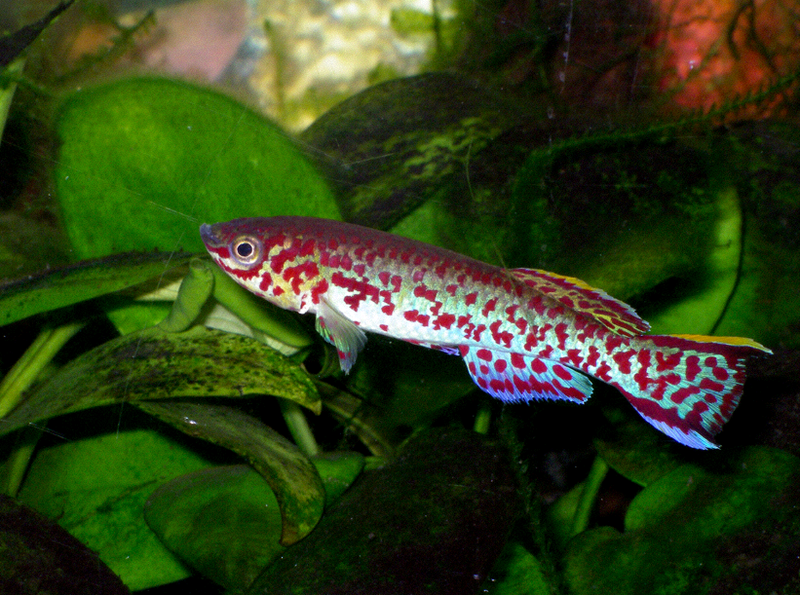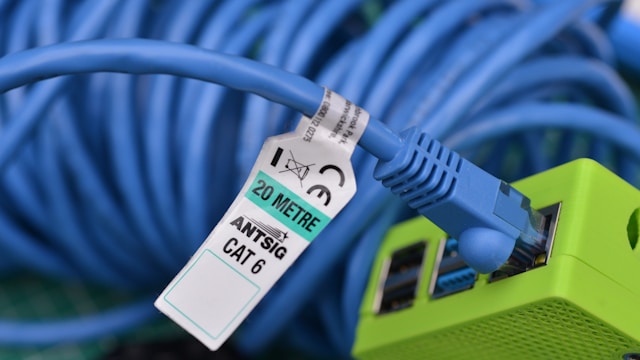As we age, our muscles begin to undergo a process known as sarcopenia, which involves muscle wasting.
This muscle-wasting phenomenon has long puzzled researchers. The exact reasons and mechanisms behind sarcopenia have remained elusive and poorly understood.
In a ground-breaking study, scientists from the Australian Regenerative Medicine Institute (ARMI) at Monash University have made a significant discovery by utilizing an unexpected animal model—the African killifish.
The reversal of age-related muscle decline in the African killifish provides hope for combating muscle loss in humans.
Their discovery provides valuable insights into the mechanisms underlying age-related muscle decline and presents a potential avenue for its reversal in humans.
Nothobranchius furzeri, also known as the African turquoise killifish, holds the distinction of having the shortest lifespan among all vertebrate species. These fish hatch, grow quickly during the rainy season, and reach maturity in a mere two weeks. During this time, they engage in daily reproduction until the end of the season.
Scientists closely examined the cells and molecules of the fish’s skeletal muscles at different stages of life and identified remarkable similarities to sarcopenia observed in humans and other mammals.
Researchers found that the typical signs of aging seen in both humans and killifish are reversed in the late-life stage. This suggests the presence of mechanisms in old animals that prevent further muscle deterioration, potentially extending their lifespan. This knowledge will bring us closer to interventions that could slow, halt, or even reverse age-related muscle decline in humans.







